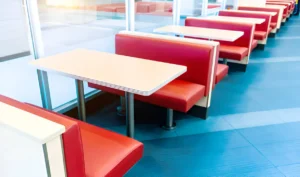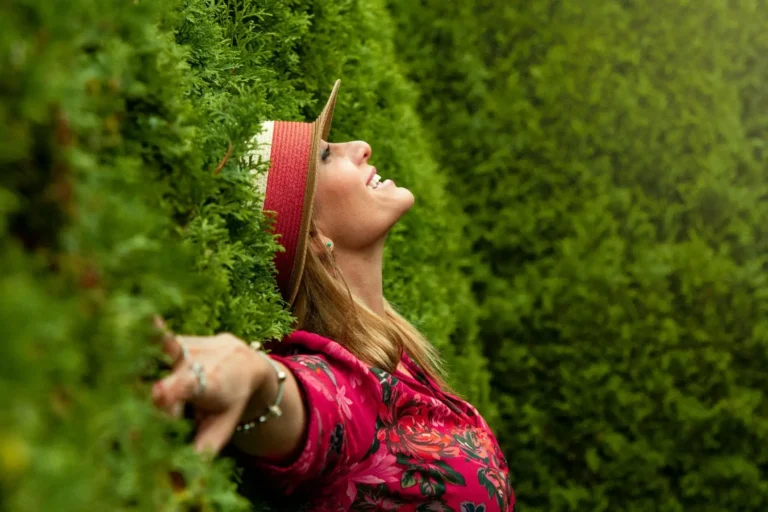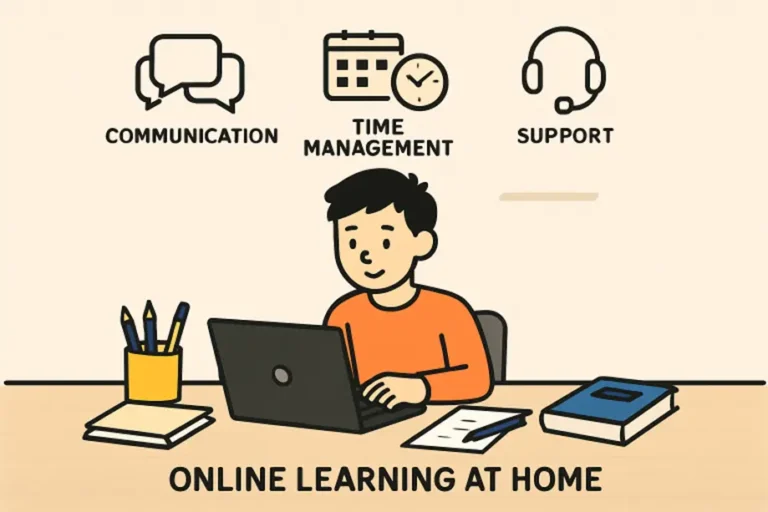The Psychology Behind Seating: How Restaurant Booths Influence Buyer Perception

The moment a guest enters a restaurant, their mind begins forming impressions. While much attention is given to food, music, and service, the seat where someone lands can shape how they feel, how long they stay, and even how much they spend. Seating is not just functional. It’s emotional. Booths in particular hold a special kind of power. They influence comfort, atmosphere, and behavior without anyone realizing it. The psychology behind restaurant booths is subtle but strong.
Today’s diners are looking for more than a meal. They want to feel welcome, relaxed, and valued. The booth sets the tone from the very first second. Its placement, padding, and privacy all play a role in the diner’s mental state. More than 70 percent of guests form a lasting opinion of a restaurant within five minutes of sitting down. That is why understanding how restaurant booths affect perception is becoming an essential part of restaurant design.
The Psychological Impact of Booth Design
Booths create a sense of comfort that other seating options often cannot match. With tall backs and soft cushions, booths give diners a feeling of safety and enclosure. This feeling encourages them to relax, take their time, and enjoy the experience more fully. When people feel safe, they are more likely to settle in and let their guard down. A comfortable seat lowers stress in the body and quiets the mind.
This comfort has a direct impact on behavior. Guests who feel relaxed are more open to ordering extra drinks, appetizers, or desserts. The privacy of booths also makes conversations feel more personal and less exposed. As a result, diners often stay longer than they would at a regular table. Studies show that guests seated in booths remain 15 to 30 percent longer. The pleasure center of the brain is activated by soft seating, which makes meals feel more rewarding and memorable.
How Booths Affect Spending Behavior
Booths carry a certain level of prestige in many diners’ minds. People often view booth seating as a reward or a special treat. This is especially true when booths are placed near scenic windows, walls with design features, or in prime spots within the space. These small visual cues make people feel more important, which can lead to higher satisfaction. The sense of being treated well encourages guests to invest more in their experience.
Comfort and perceived status also combine to increase spending. Diners are more likely to view higher menu prices as reasonable when they feel they are receiving premium treatment. Guests in booths tend to leave larger bills than those seated at standard tables. They also report higher overall satisfaction. One in three customers will choose a booth over other seating options, even for a short stay. The booth becomes a silent upgrade that changes how much people value their time inside the restaurant.
Social Psychology and Group Dynamics
The design of booths makes them perfect for groups. Whether it is a family gathering, a birthday dinner, or a night out with friends, booths provide a sense of unity. The curved and semi-enclosed shape allows everyone to face each other, encouraging natural conversation and shared laughter. It creates an environment where people feel more connected and engaged. The setting helps strengthen emotional ties during meals.
Booths also help reduce noise from outside the group, making conversations easier to hear. They are especially appreciated in busy dining rooms where open tables can feel chaotic. Feeling tucked in and cozy allows guests to open up and enjoy deeper social moments. Over 60 percent of families and friend groups choose booths when given the option. Booths also have a calming effect on children, making meals smoother and more enjoyable for everyone involved.
Booth Design Cues and Their Subconscious Messages
The appearance and feel of a booth send quiet messages to diners. Color, shape, fabric, and layout all influence how someone feels in the space. Warm colors like reds and browns can make people feel hungry and grounded, while cool colors like blues and greens create calm. High-backed booths add a sense of exclusivity. They make people feel protected, which increases comfort and trust in the restaurant.
Texture and style also matter. A booth with soft fabric and consistent design tells the guest the space is clean and cared for. This builds trust and improves brand perception. Retro booths can create nostalgia, while sleek, modern ones suggest sophistication. The more thought that goes into booth design, the more positive the psychological response. Guests notice these details even when they are not thinking about them. It all adds up to an impression of quality and care.
Strategic Booth Placement
Where a booth is placed in the restaurant affects how guests view the space. Booths facing the kitchen or bar create a sense of transparency. Guests like seeing the process behind their food. It builds trust. Corner booths offer more privacy and are especially appealing to those who value quiet. Placement by windows brings in natural light, which improves mood and appetite.
Positioning booths next to feature walls, art pieces, or branded design elements makes the dining space feel more memorable. These spots often become favorite photo areas for guests. Eye-level views from a booth are important, too. If diners can easily see the menu board, daily specials, or house cocktails, they are more likely to engage. Booths along walls also help block out background noise, allowing guests to focus more on their meal and company.
Impacts on Menu Interaction and Ordering Patterns
Guests who sit in booths usually feel unrushed. This gives them the time and space to explore the menu more deeply. Instead of rushing through a quick decision, they browse, consider, and often ask questions. That leads to more thoughtful orders and an openness to trying something new. It also results in more upsells, such as extra sides, drinks, or specialty items.
Booths are often placed in areas with ideal lighting, which helps people see the menu. When the atmosphere is calm and supportive, diners feel more confident in their choices. Guests in booths are also more likely to notice special offers or promotions placed at the table. Studies suggest that booth diners are 20 percent more likely to order dessert. This shows how comfort and setting can influence not just how people feel but what they choose to eat.
Final Reflections: Seating as a Sales Tool
Booths are more than just a place to sit. They guide how people behave, what they order, and how they remember the experience. Comfortable and well-placed booths can lead to longer visits, higher sales, and stronger guest loyalty. They create a sense of care that stays with the customer long after the meal is over.
Restaurants that understand the psychological impact of booth seating are better prepared to create lasting impressions. A well-designed booth makes people feel safe, valued, and at ease. This emotional response is what drives return visits and positive word of mouth. In the end, booth seating is not just furniture. It is one of the most effective and quietest sales tools a restaurant can use.
Read more: Group Travel Trends: Modern Solutions For Smooth And Comfortable Journeys






